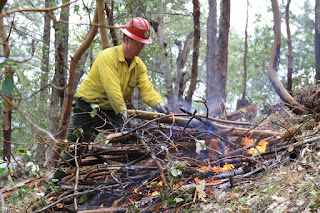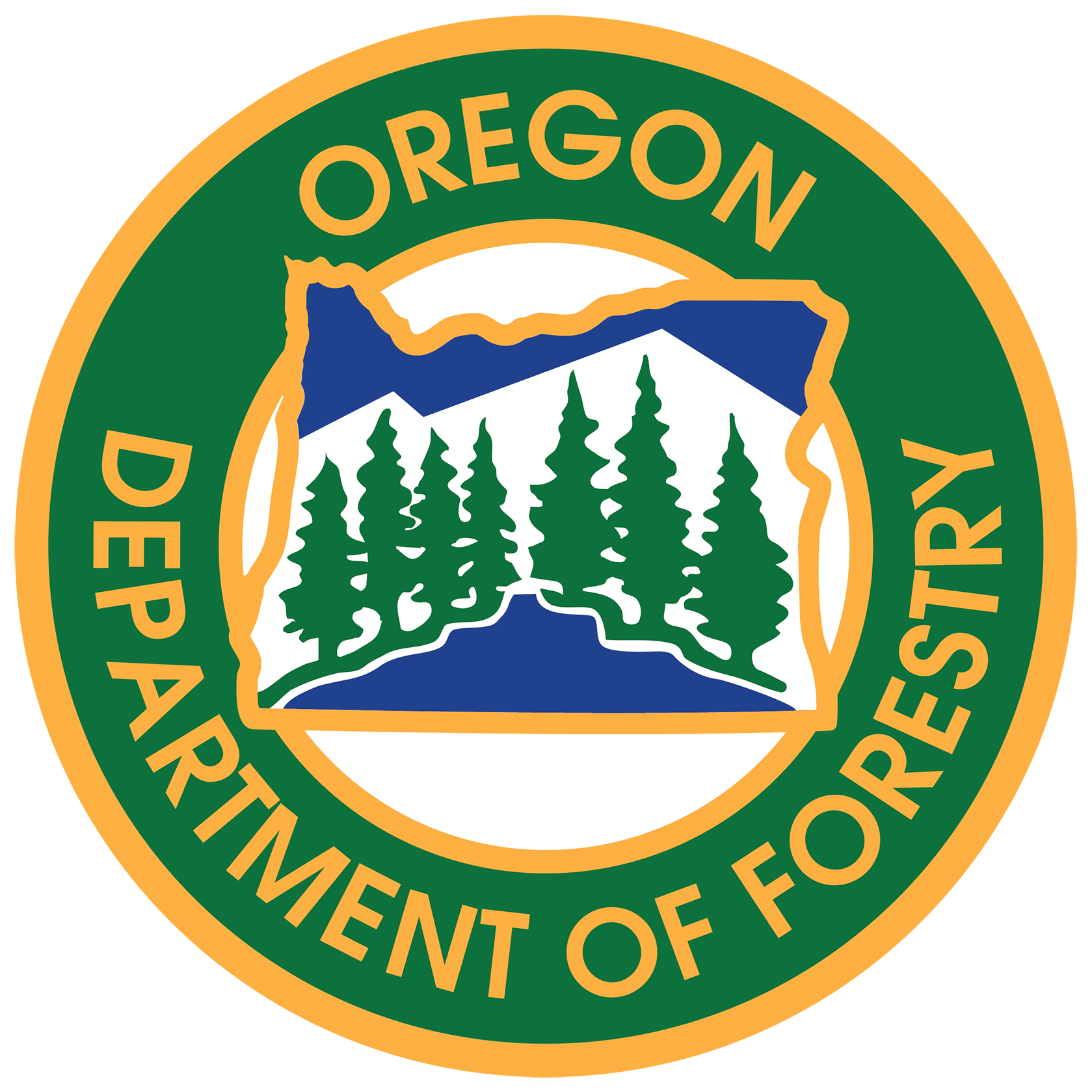June 2, 2017
Fire season on lands protected by the Oregon Department of Forestry’s (ODF) Southwest Oregon District begins Sunday, June 4, at 12:01 a.m. The fire danger level will be “low” (green) and the Industrial Fire Precaution Level (IFPL) will be 1 (one). Lands affected by this declaration include state, private, county, city and Bureau of Land Management (BLM) forestlands in Jackson and Josephine counties.
“Temperatures are starting to rise, our vegetation is drying out and summer weather patterns are arriving,” said ODF District Forester, Dave Larson. “We never know what a fire season may bring, but the last several years demonstrate our area’s potential for wildfires.”
Beginning Sunday, the burning of debris piles and the use of burn barrels for burning debris will no longer be allowed in Jackson and Josephine counties. Other fire season restrictions include the use of exploding targets, tracer ammunition and fireworks.
The 2017 fire season may be another active one. A good snowpack in the Cascade Range and the Siskiyou Mountains recharged many of the southwest Oregon region’s reservoirs, but may have little positive effect on wildfire activity in the district, most of which covers low-elevation grass and brush lands and mid-elevation forests. Residual snowpack is at higher elevations on national forest and national park lands.
“While the wet winter may help the higher elevations during the start of fire season, the grasses in the lower elevations are already beginning to lose their moisture. By the time we hit August in the southwestern portion of the state, we are still expecting to have an average fire season which means responding to roughly 6 to 10 fires per day,” said ODF Protection Supervisor, Bill Smith.
Last year, fire season started on June 3 and ended October 13 lasting a total of 133 days. A total of 209 fires burned on lands protected by the Southwest Oregon District, and blackened 726 acres. More than 200 of those fires were started by people and six fires by lightning in 2016. According to the 10-year average of fires on the district, 230 fires may burn more than 5,600 acres during fire season.
For more information about the Oregon Department of Forestry’s fire season regulations, please call or visit the Southwest Oregon District unit office nearest to you:
· Medford Unit, 5286 Table Rock Rd., Central Point. (541) 664-3328
· Grants Pass Unit, 5375 Monument Dr., Grants Pass. (541) 474-3152
Fire season information is also available online at our Facebook page:
@ODFSouthwest and
May 22, 2017
While the above average rainfall has led to a lower fire risk the past month, it has also led to an abundance of grass and brush. Despite the unusually wet winter and extended spring, temperatures have already begun to increase and all the grass and brush has begun to dry out enough to raise the risk for wildfires.
ODF Southwest Oregon District is urging residents to take advantage of this time to prepare for
#wildfires by creating a 100 foot zone of defensible space around their homes. However, people need to take caution when working with fire to rid of excess debris.
“Last year’s wildfires once again highlighted how important it is for homeowners to prepare their homes to survive a wildfire,” said Lee Winslow, Assistant District Forester, “However, warmer temperatures and curing grasses often increase the risk of burn piles escaping.”
Debris burning is the number one human-caused wildfire, with many fires taking place in the late spring and early fall. State law requires the proper clearing, building, attending and extinguishing of open fires any time of year. A first-time citation carries a $110 fine. If your debris burn spreads out of control, you are responsible for the cost of fire suppression and very likely the damage to neighboring properties. This can range from a few hundred to thousands of dollars.
A burn pile is less likely to escape if these simple safety tips are followed:
• Seek alternatives to burning, such as chipping or recycling the debris.
• If you decide to burn the material, call your structural fire department to see if a burning permit is required.
• Call your county’s air quality office to find out whether debris burning is allowed that day. The number in Jackson County is (541) 776-7007; in Josephine County call (541) 476-9663.
• Know the weather forecast and avoid burning on dry, windy days.
• Construct the burn pile in an isolated area so the flames will not spread to adjacent vegetation. Make sure there are no overhanging branches or powerlines above the pile.
• Dig or scrape down to mineral soil to form a fire line around the burn pile.
• Keep the burn pile small. A small pile is easier to control than a large one. A small pile of 4×4 feet is recommended. You can add additional debris as existing material is consumed.
• Have a shovel and water at the burn pile site. If the site can be reached with a garden hose, make sure the hose extends at least 25 feet beyond the pile’s location.
• Never use gasoline or other accelerants to start or increase your open fire. Every year, 10 to 15 percent of all burn injuries treated at the Oregon Burn Center in Portland are the result of backyard debris burning.
• Burn only yard debris. State regulations prohibit the open burning of any material that creates dense smoke or noxious odors.

• Stay with the fire until it is completely out. Monitoring a debris burn continually from start to finish is required by state law to ensure that any escaped sparks or embers can be extinguished quickly. Check and recheck your burn pile to guarantee it is dead out.
In addition to burning excess debris, the following tips should be considered when planning your homes’ safety against a wildfire:
• Remove all flammable vegetation 30 feet from all structures.
• Space trees and plants away from each other at least 100 feet from all structures.
• Clear all needles and leaves from roofs, eaves and rain gutters.
• Trim branches six feet from the ground.
• Use trimming, mowing and power equipment before 10 a.m. and after 6 p.m., not in the heat of the day and not during extremely dry and windy days.
• Landscape with fire resistant plants.
• Use fire ignition resistant building materials.

